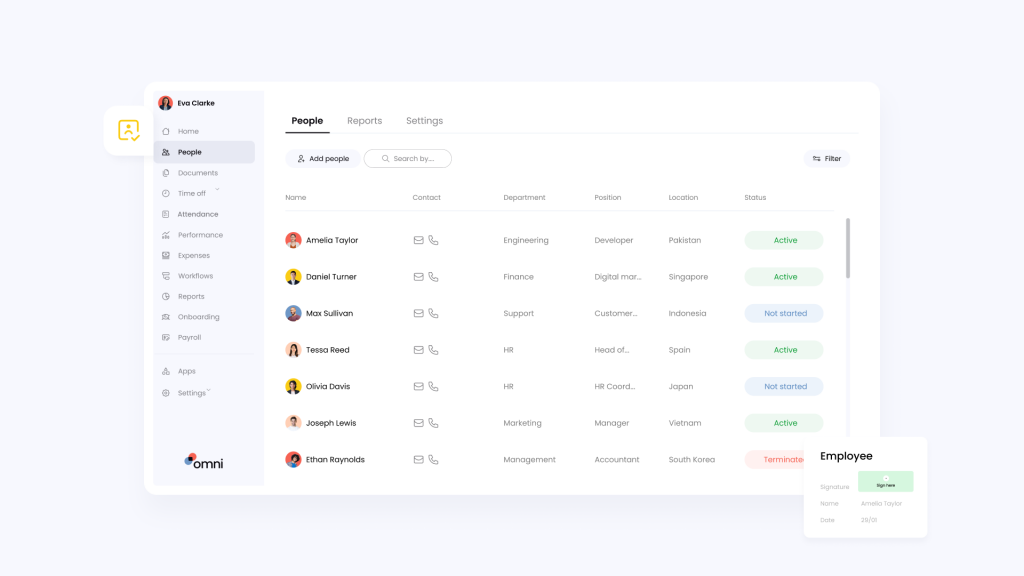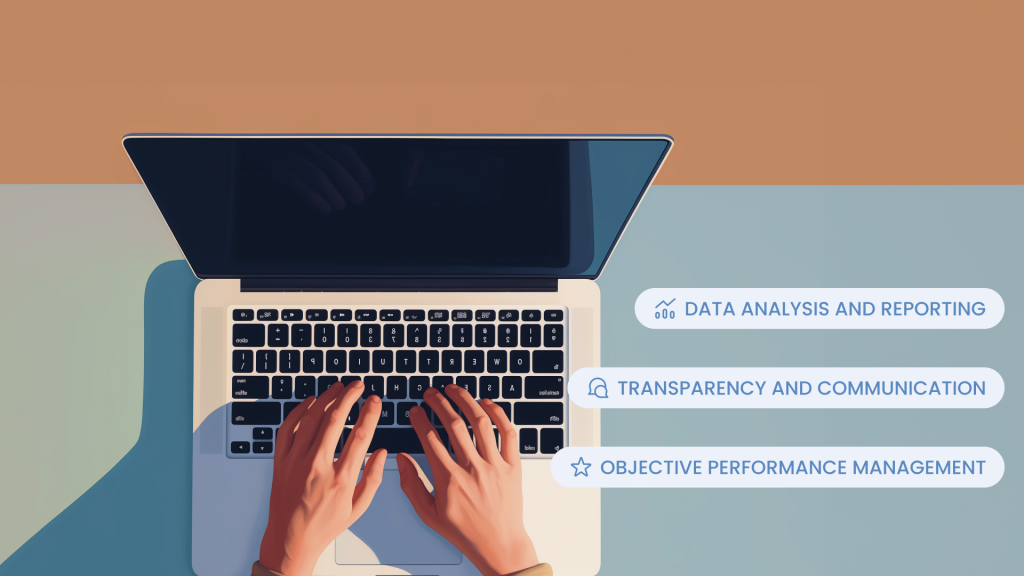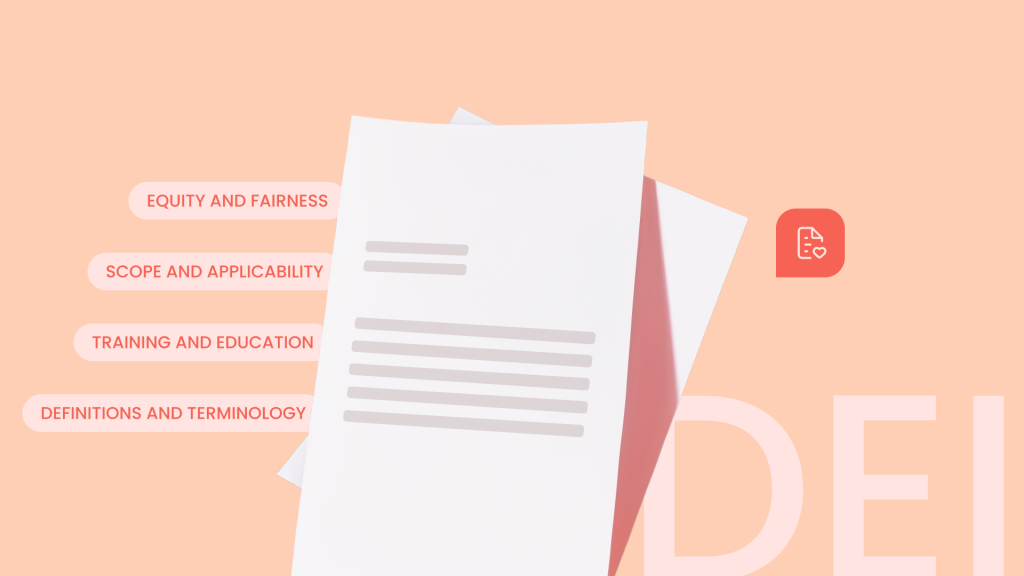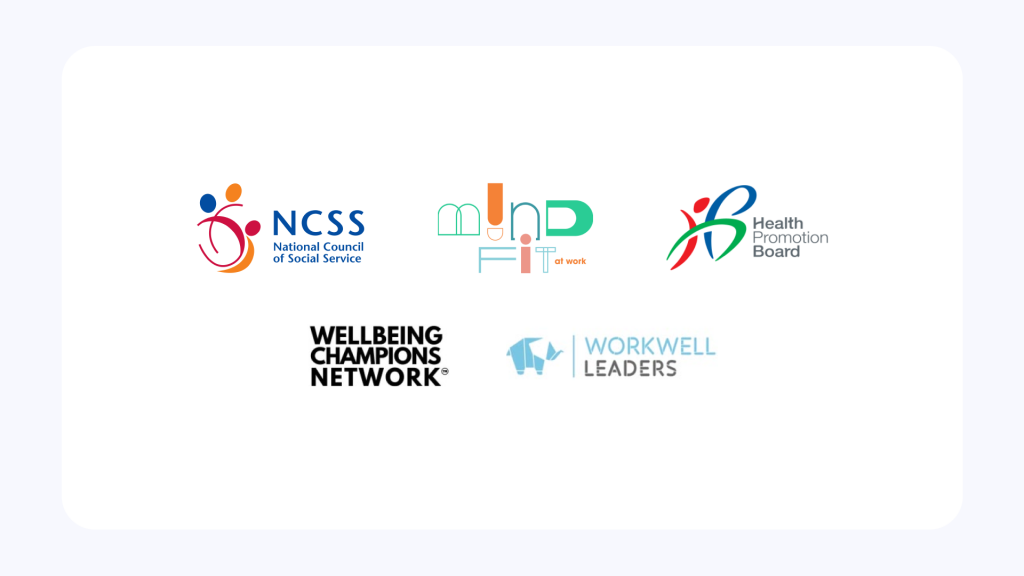Everyone deserves fair pay. This is why conducting pay equity analysis is significantly important in the workplace as companies strive to cultivate a transparent and fair culture.
With increasing scrutiny from employees, regulators, and lawmakers, companies must proactively address pay disparities to avoid legal and reputational consequences. Pay equity analysis must be done to identify and treat potential issues.
In this article, we’ll walk you through a step-by-step guide on how you can conduct a detailed pay equity analysis that can help you address pay gaps, ensure compliance with regulations, and foster a more inclusive and sustainable workplace.
What is pay equity?
Pay equity, also known as “equal pay for equal work”, revolves around ensuring that employees receive fair and equal compensation for work of equal value, regardless of their gender, age, race, or other protected characteristics.
For human resources in Singapore, pay equity is promoted and protected under the Tripartite Guidelines on Fair Employment Practices and the Employment Act, which aim to promote a fair and inclusive workplace.
HR professionals in an organization are entrusted with ensuring pay equity within organizations. This includes developing and implementing fair and inclusive policies and practices, conducting regular pay equity analysis, and educating managers and employees on the importance of pay parity.
For example, in a tech company where a male software engineer and a female data analyst are both hired at the same level with similar qualifications and experience. Both employees should receive equal compensation according to pay equity unless there are clear, justifiable reasons for any disparities like performance, specialized skills, years of relevant experience etc.
Once the pay equity analysis is done and disparities are identified, recommendations for adjusting pay structures are presented to senior management and leadership teams to promote fairness across the organization. Pay equity analysis is usually conducted annually but can be done at any time as deemed necessary by the company.
Why is it important to conduct pay equity analysis?

According to the Labour Market Statistics, in 2023, full-time female employees aged 25 to 54 earned 14.3% lower than their male counterparts, narrowing from 16.3% in 2018. This statement indicates the gender pay gap has decreased, suggesting some progress in reducing the disparity in earnings between men and women over the five years.
Conducting pay equity analysis shows fairness and ethical practice, demonstrating an organization’s dedication to diversity, equity, and inclusion (DEI). It improves compensation and benefits structures, maintains competitiveness within the industry, meets shareholder expectations, and ensures adherence to legal standards.
However, there’s still the need to conduct pay equity analysis:
- Fairness: The analysis ensures that employees are compensated fairly for their work, regardless of gender, race, or other demographic factors. This promotes a more efficient workplace.
- Legal compliance: Many countries have laws mandating equal pay for equal work. Conducting pay equity analysis helps organizations stay compliant with these regulations and avoid legal consequences.
- Employee satisfaction: Fair compensation practices can contribute to higher employee satisfaction and retention. When employees feel they are paid fairly, they are more likely to be engaged and committed to their work.
- Reputation: Companies that prioritize pay equity and transparency build their reputation both internally and externally. This can build a positive perception among employees, customers, and their community.
What is the difference between internal and external pay equity analysis?
Internal and external pay equity are key points to be included when conducting pay equity analysis and developing attractive compensation packages.
External pay equity relates to how an organization’s employees’ salaries compare to those of competitors within the same industry or market. Internal pay equity pertains to the fairness and parity of compensation among employees within the organization.
Here are some distinguishing factors between both internal and external pay equity analysis:
Internal pay equity:
- It considers factors which can include job descriptions, experience, performance, and many others.
- It strives for fairness and equity of pay among employees within an organization.
External pay equity:
- It considers factors such as the size of the organization, location, and industry.
- It involves the pay levels with other companies in the same industry or market.
- It plays an important role in attracting and retaining top talent.
Read next: What is Benchmarking in HR?
What is comparable work in pay equity analysis?
Comparable work in pay equity analysis is defined as work that requires substantially similar skills, responsibilities, and job descriptions performed under similar working conditions. It means that employees who perform comparable work should receive equal pay.
When determining comparable work, organizations consider factors such as skill set, responsibilities, qualifications, complexity, working conditions, career progression, market demand, and value to the organization amongst others.
Steps to Conducting Pay Equity Analysis
- Define your goals and objectives
The first step to conducting pay equity analysis is to find the reason why it’s necessary for your organization. Is it to update your current pay practices and policies? Eliminate legal risks? Or check and remove pay inequality within your organization?
Finding and clarifying goals and objectives will shape your analysis process. Getting a go-ahead from the management is also important for the analysis, this will help them understand the significance of the audit and its potential benefits. Conducting pay equity analysis does not only require the HR team, other teams like the finance and legal teams are often needed for proper analysis.
- Analyze your current pay practices and policies
The next step involves evaluating existing practices and policies to examine the structure of your compensation and benefits package. Your compensation and benefits team will have first-hand information about any discrepancies.
You can start by assessing the fairness of current pay policies regarding gender and ethnicity, then expand your pay equity analysis. The analysis at this stage will help to point out the pay gaps both internally and externally.
- Determine what ‘comparable work’ is for your business
Moving on to the next step in your pay equity analysis, comparing the similar work done by employees is important. As we’ve mentioned earlier, the comparability of two roles is assessed based on a comprehensive job evaluation, examining the entirety of each position.
Relying solely on job titles and descriptions is insufficient for determining compatibility, and it’s important not to discount the potential comparability of roles across different departments or teams. Both internal and external benchmarking should be done for comparable work, ensuring the pay equity analysis is accurately conducted.
- Gather relevant data
Gathering important data is the next step. Depending on your company needs, you might collect data like:
- Compensation details (salaries, benefits, and bonuses)
- Employee tenure
- Work hours
- Demographics and secured data like age, gender, and ethnicity
- Performance evaluations
- Market data
- Job roles and associated responsibilities
- Educational and professional qualifications
The selection of factors to incorporate in your pay equity analysis should be tailored to the size of your organization. In smaller organizations, too much data collected can lead to inaccurate analysis, it’s best to prioritize factors that are most relevant to your employees and analysis objectives.
- Analyze and identify pay gaps
Once you’ve gathered all the necessary and relevant data, it’s time to analyze.
Identifying pay discrepancies in compensation requires a distinctive approach, using statistics and analytical methodology to figure it out. Although it doesn’t stop at just analyzing pay parity, but also finding the root causes which can stem from company culture, unconscious bias, systemic inefficiencies, and so on.
- Assess whether pay differences are justified
The pay equity analysis can reveal important issues such as employees doing comparable work at lower wages than others, but some pay differences might be justified.
Some regulations dictate that differences in pay are justified if they are based on seniority, merit, quantity or quality of production, or any factor other than gender. That’s why this step is important to understand if the pay gap is justified or not.
- Take corrective action
The next step is to act on your findings. After identifying pay disparities, you should take action to address them, both morally and legally. Transparency in sharing findings with stakeholders and employees fosters trust and underscores the organization’s commitment to pay equity.
Immediate actions can involve rectifying pay discrepancies and ensuring compliance with regulations, while long-term strategies which include preventive measures like bias training and transparent compensation structures are applied.
Read next: Understanding and Administering Salary Adjustments
- Regularly monitor and maintain
The end goal of your pay equity analysis is to ensure it doesn’t happen again. That’s why regular reviews and updates of the analysis are essential to maintain the newly adapted pay equity promptly.
The truth is the journey of pay equity analysis is far from over as it should be done in organizations frequently. You must continuously track identified metrics, KPIs, and OKRs using a data-driven approach, complemented by periodic audits of pay structures.
Also, ensure that you communicate progress to stakeholders to promote accountability and inclusivity. Regular evaluations are crucial not only for legal compliance but also for meeting societal expectations and market demands. The objective is not just to achieve but to sustain pay equity, reaffirming your organization’s dedication to fairness, diversity, supportive work culture, and inclusion.
Create a Culture of Pay Equity with Omni

Creating a culture of pay equity is crucial if your business is aiming to foster a fair and equitable workplace environment. Conducting a pay equity analysis highlights the issues but bridging the gap requires more than just awareness – it demands actionable steps and effective HR tools.
All-in-one HR software like Omni can play a crucial role in fostering pay equity by providing tools for tracking gender diversity metrics, identifying areas for improvement, and implementing policies that promote work-life balance.
Our comprehensive payroll solution provides impactful pay equity analysis and insights to seamlessly review, address, and prevent pay parity issues. Advanced performance management modules provide real-time performance data, helping HR teams swiftly identify and address skill gaps, so you can provide your teams with the training and tools they need to help boost overall performance and nurture talent.
Join the 83% of Omni customers who have unlocked new, actionable insights after using our modern HR solution, book a demo with our team today.




















